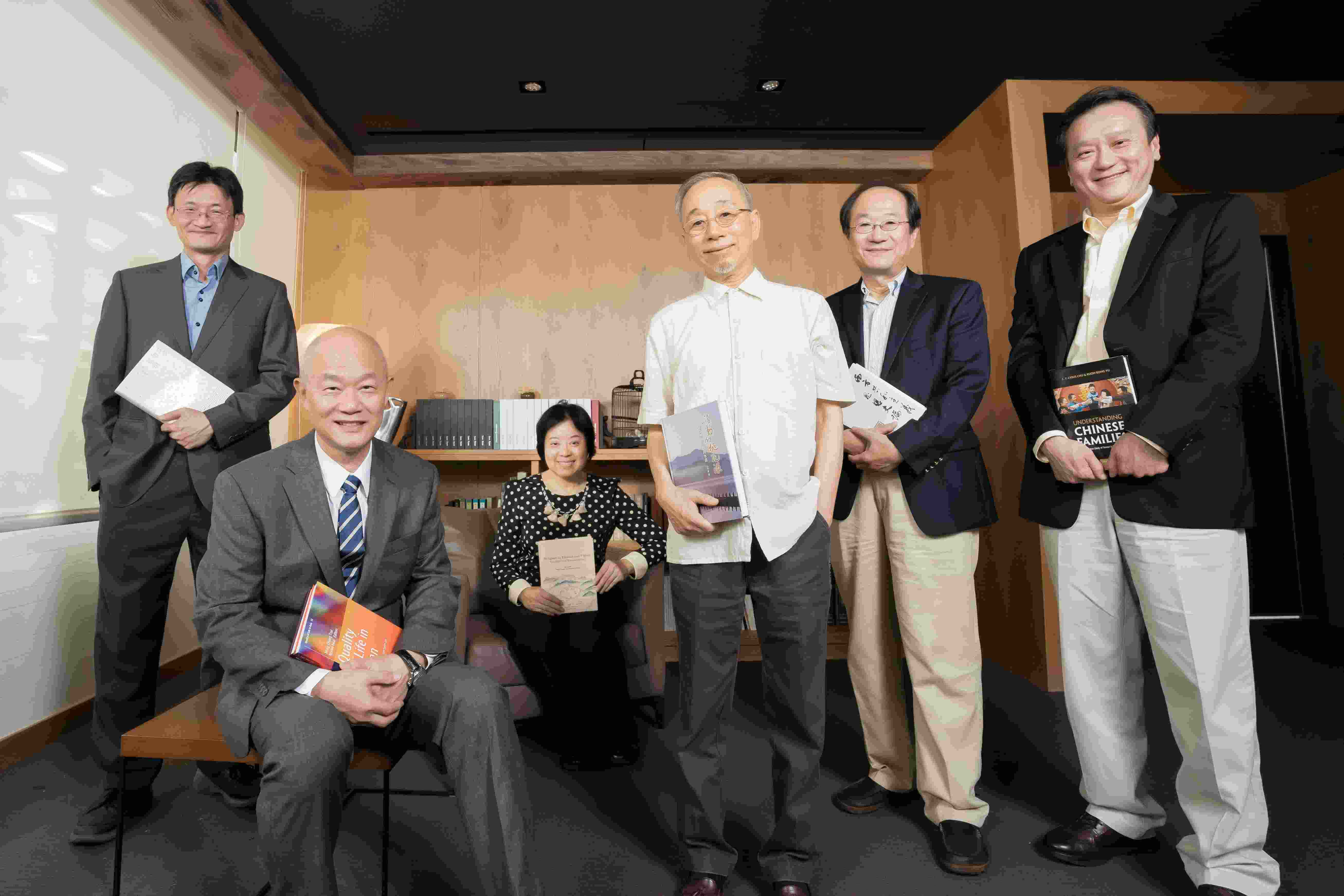- 演講或講座
- 語言學研究所
- 地點
中央研究院人文社會科學館(南棟5樓519會議室)
- 演講人姓名
周昭廷副教授 (國立陽明交通大學)
- 活動狀態
確定
- 活動網址
Abstract:
The goal of this talk is fourfold. First, we argue that the non-local antecedent of the long-distance reflexive mình is either an attitude holder bearing a de se belief or an empathy locus in the event/state the utterance speaker identifies with (Kuno & Kaburaki 1977; Kuno 1987; Huang & Liu 2001; Wang & Pan 2015; Charnavel 2019). Second, we show that Huang & Liu’s (2001) analysis based on direct discourse representations fares better than the generalized discourse requirement in Cole et al. (2006) to characterize the distribution of the blocking effect of mình because first/second-person pronouns induce blocking only when they occur within the relevant direct discourse representation for the intended long-distance interpretation of mình. Third, we propose that the blocking effect of mình can be lifted with proper contextual support, invoking the Topic Empathy Hierarchy (Kuno & Kaburaki 1977; Kuno 1987) to override the Speech-Act Empathy Hierarchy and neutralize the perspective conflicts induced by a first/second-person pronoun. Fourth, we posit that the dependency between mình and its non-local antecedent is mediated by an implicit logophoric operator/pronoun in Charnavel's (2019) two-stage model of binding of long-distance anaphora (see also Nishigauchi 2014 and Sundaresan 2018). The existence of the implicit logophoric operator/pronoun is shown to not only accurately characterize the hybrid syntactico-pragmatic properties of Vietnamese mình, but also assume a pivotal role in explicating the interpretative possibilities of multiple occurrences of mình.









 首頁
首頁

